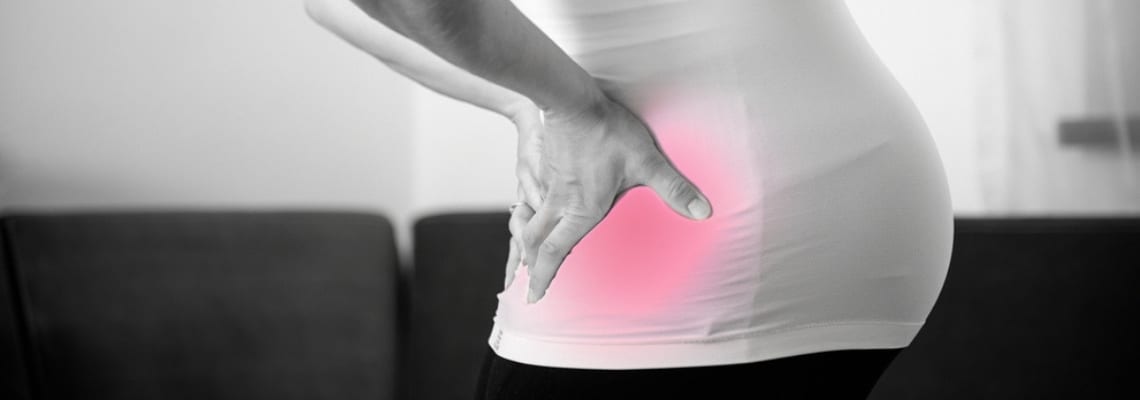
Managing pain during labor can be tricky. Read on to find out how using counter pressure during labor can help ease contraction pain.
Contraction Pain Can Cause Anxiety
Being in labor can be a scary and harrowing time, whether this is your first rodeo or your fifth. Labor can be unpredictable. You never know what will happen, what pattern your contractions will fall into, what position the baby will be in, how quickly or slowly you will progress. There are a lot of variables that can alter the experience, making it more or less intense.
One of the biggest concerns moms-to-be have is pain management, especially if they’ve never been through labor before. After seeing countless TV shows depicting labor as an intensely painful experience, it’s more than understandable that some women see their labor as something to be feared, rather than anticipated. Despite what one may think, it doesn’t have to be this way. Giving birth can be a magical, life-altering experience to be remembered with fondness many years into the future.
Managing Contraction Pain Naturally
More and more women are taking charge of their bodies and their births. Gone are the days where only the doctor called the shots, while the woman stood by and acted meekly and helplessly. In the age of female empowerment, it’s common practice for a woman to come to the hospital with a plan in mind. Granted, there are situations where the plan can’t go exactly as expected, but in the majority of cases, the mother can have the birth experience she desires.
Though epidurals are still the most popular drug given during the labor process, more women are choosing to forego them and go down the path of an all-natural birth experience. Because of this, the demand for natural pain relief measures has risen. From counter pressure to immersion in water, there are many ways to help ease the pain of labor, making the process a little more bearable.
Counter Pressure as Pain Relief
 One common method of pain relief during labor is applying counter pressure. This is used when a woman is experiencing what is known as back labor. This is when a woman feels pain in her lower back, hips and tailbone, usually caused by a baby who is in the posterior position. What this means is, the baby is turned so his or her back is against yours, which puts pressure on these sensitive areas, causing intense pain.
One common method of pain relief during labor is applying counter pressure. This is used when a woman is experiencing what is known as back labor. This is when a woman feels pain in her lower back, hips and tailbone, usually caused by a baby who is in the posterior position. What this means is, the baby is turned so his or her back is against yours, which puts pressure on these sensitive areas, causing intense pain.
Ways of applying counter pressure include the father of the baby or a birth partner applying pressure against the painful areas, whether with their hands or another implement. A tennis ball is popular and can work well without causing a lot of pain and tension to the hands of the individual applying the pressure. The goal is to press the hips in and towards each other to help relieve pain during a contraction.
Why Counter Pressure Isn’t Always Ideal
While counter pressure can be a true relief, that’s the only purpose it serves. Counter pressure will not help your labor progress, and it will not help your baby turn into the anterior position. It’s best used sparingly when you’re worn down and could use a break from the intensity of back labor. It’s best to work with your body, and after working hard for a while, let yourself rest with a few contractions with counter pressure. This way, the real goal of labor can be met: getting to meet the tiny human you’ve been growing for the past nine months.
Just Remember
Labor can be difficult, whether you’re going all natural or not. Pain relief measures like focused breathing, immersion in water and visualization can all be used when counter pressure cannot. Keep your eyes on the prize and don’t panic. Your little one will be here in less time than you imagine.


